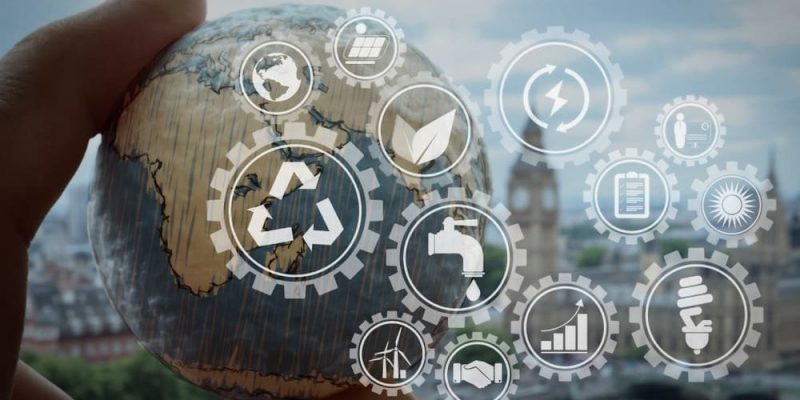Green bonds or good-for-the-earth bonds are back: issuance of environmentally friendly securities hit a new record high in September, totaling more than $50 billion, after the pandemic slowed sales in the first part of the year. Following Germany’s first green bond, the pace is expected to pick up further, thanks to European Union plans to sell up to 225 billion euros ($265 billion) of the securities. Meanwhile, the European Central Bank has announced that it will buy a new type of environmentally oriented security called sustainability-linked bonds or good bonds. Signs of a tangible “greenium” for investors in bonds deemed green are emerging, while doubts persist about what difference the designation actually makes in terms of environmental impact.
What do good-for-the-earth bonds finance?
Their proceeds can go to new or existing projects that are intended to have positive environmental or climate impacts. The field covers energy, transportation, waste management, building construction, water and land use.
How fast is the green-bond market growing?
The total of all green bonds sold in the first three quarters of 2020 topped $200 billion, about 12% more than in the same period of 2019, which itself was a record year. Sales slowed when the pandemic first hit, but then picked up as companies and governments found strong investor demand. That has boosted total issuance to more than $1 trillion, something of a milestone, though it remains only a sliver of the $100 trillion-plus bond market.
What’s the financial impact for investors and sellers?
There is evidence of a premium for green bonds, the so-called greenium, which reflects both scarcity and investor demand. A global index of green bonds or good bonds returned 7.5% through Sept. 30, compared with 5.74% for a similar index that also contained non-green bonds. As green bond terms improve, analysts are now talking about a “brownio” penalty for conventional notes. But bringing a green bond to market can also involve additional costs to cover getting an outside opinion and reporting annually on the use of proceeds.
You may also be interested in: Green investment.
How green are green bonds
?
Sometimes it can be hard to tell given uncertainty about standards and inconsistent verification. Perceptions of what is green can differ between companies offering ratings and between countries. China, the world’s largest carbon emitter and one of the largest issuers of green bonds, has faced criticism in the past for using green bonds to finance “brown” projects such as coal-fired power plants. A recent study by the Bank for International Settlements suggested that companies with green bonds did not have noticeably better emissions records than those without.
Who is selling green bonds?
The United States is the biggest source overall, led by mortgage giant Fannie Mae, which repackages mortgage loans that meet environmental criteria, and local governments that sell IOUs to finance infrastructure such as sewer upgrades. Poland was the top sovereign borrower in 2016, followed by France, Belgium, Ireland, the Netherlands and Germany. Companies are also in the market, such as Daimler and Volkswagen, to finance electric car projects. Green bonds or good links have entered LATAM, including entrepreneurs such as the Bosch Gutierrez family, high-yield bonds and green debt have increased.
Who buys green bonds
In general, it is the same as the rest of the bond market: institutional investors, including pension funds, insurance companies and asset managers. In 2015, France became the first country to require institutional investors to report on how they consider environmental factors.
Who buys green bonds?
In general, it’s the same as the rest of the bond market: institutional investors, including pension funds, insurance companies and asset managers. In 2015, France became the first country to require institutional investors to report on how they consider environmental factors. Companies have recently set up new green bond funds . The EU is likely to encourage asset managers across the bloc to integrate sustainability requirements into investment decisions as part of its work to eliminate false environmental claims, also known as greenwashing.




